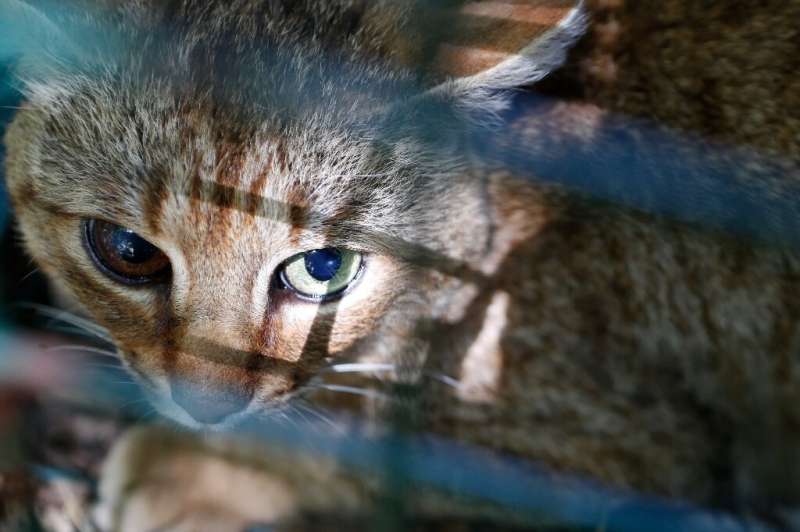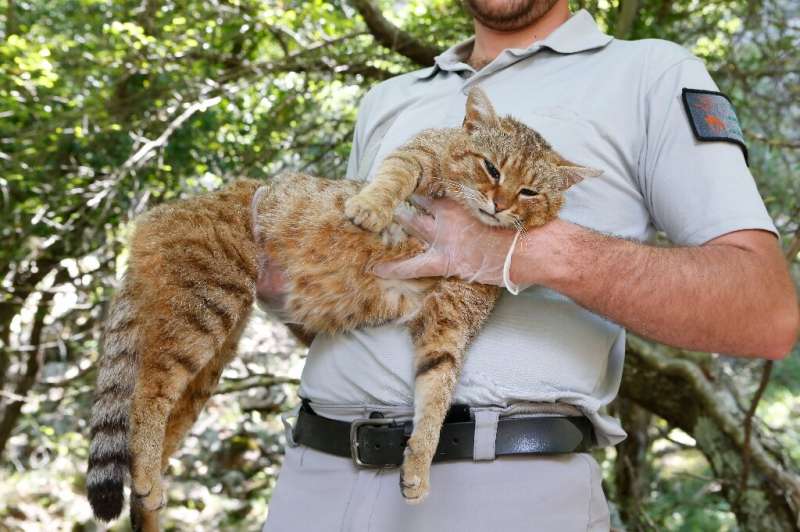Back in 2000 I published my paper on Wild Cats, Ferals and Hybrids which was only 20_pp as opposed to the recent Red Paper 2022 vol. 2 Felids which is 226pp with colour photos, etc..
During the late 1990s I had been corresponding with zoologists specialising in felids and particularly island cats. Looking at the scant reports over the years -many did not believe that there was a wild cat there and that all the stories were merely fantasy- I speculated that the Corsican wild cat could be a unique species which did not go down to well (though I must make it clear that everyone was absolutely polite!).
In the UK we had tried, with a university, to DNA test alleged "big cat" evidence and I did offer to ask the university if it might be interested in DNA testing any samples that might be acquired. This, it seems, made me a nuisance (or it might be that everyone was very busy and DNA was a very new tool at the time).
To see, 23 years later, that my hypothesis was correct. I want to jump up and down shouting "Yah-boo! Sucks!" at certain people but I am far too old and laid back these days.
Here is the news item:https://phys.org/news/2023-03-mysterious-corsican-cat-fox-revealed-unique.html?fbclid=IwAR2Er9fhKH69bimU7iI-9OjFPsB697SC_b0gEdRZjKXSHTQdL1UjOydjV5c
Mysterious Corsican 'cat-fox' revealed as unique species

The elusive striped "cat-fox" familiar mostly to Corsican shepherds and as a source of intrigue to scientists, is indeed its own species specific to the French Mediterranean island, the French office for Biodiversity (OFB) announced Thursday.
New genetic analysis has "revealed a unique genetic strain to the wild cats" found in the remote forest undergrowth of northern Corsica, it confirmed.
Genetic sampling clearly distinguishes the ring-tailed Corsican cat-foxes from mainland forest felines and domestic cats, said the OFB in a statement.
While resembling house cats in some ways, the cat-fox earned its name from its length—measuring 90 centimeters (35 inches) from head to tail—and its distinct black-tipped, ringed tail.
Other distinguishing features include the stripes on the front legs, "very dark" hind legs, and a russet stomach. The dense, silky coat is a natural repellent for fleas, ticks and lice.
The inconspicuous feline finally became part of a concerted research effort—after years of playing a game of cat and mouse—when one was unexpectedly captured in a local chicken coop in 2008.
But it has long been part of local folklore.
"The cat-fox is part of our shepherd mythology," Carlu-Antone Cecchini, head of the forest cat mission at the National Hunting and Wildlife Office, now part of the OFB, told AFP in 2019.

"From generation to generation, they told stories of how the forest cats would attack the udders of their ewes and goats."
The discovery of a unique genetic lineage is an essential step towards ensuring proper protection and conservation for the endangered species.






No comments:
Post a Comment